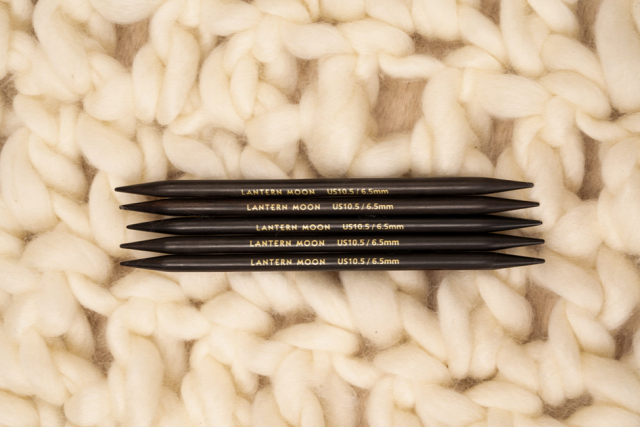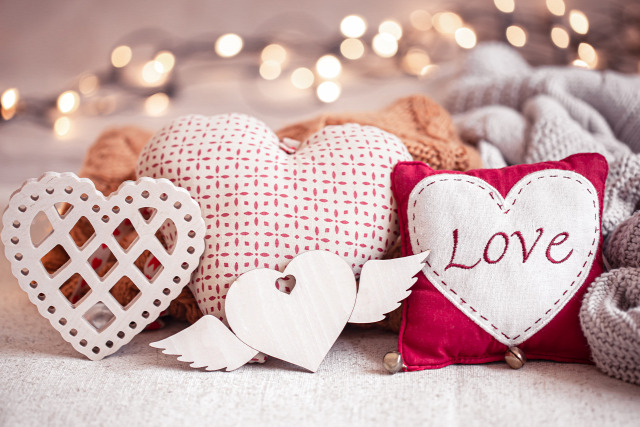
Are you struggling to find the perfect gift for your loved ones? As Valentine's Day is around the corner, it is the ideal time to show your love with unique gift ideas such as heart cushions. These adorable pillows are the perfect complement to your Valentine-themed décor because they are comfortable and beautiful. We'll walk you through the steps of making lovely crochet heart cushions in this blog with your crochet hook.
What Materials Do You Require?
Before you start crocheting, gather all your materials to make it perfect.
- Crochet Hooks: You can work with any single-ended crochet hook, but the ideal size is 5mm (H-8). However, the exact size depends on the yarn weight. Refer to our blog, for choosing the right crochet size for your project.
- Yarn: Worsted-weight or DK-weight yarn works well for heart cushions. Opt for soft, durable yarn in Valentine-inspired colors like red, pink, white, or multicolor blend.
3: Crochet Accessories: Along with a crochet hook, you must keep supporting tools for your project, such as stitch markers, a finishing needle, and a pair of scissors.
- Stuffing: Use polyester fiberfill or cushion stuffing to give your hearts a soft, plush feel.
Crochet Abbreviation
|
US Terms |
UK Terms |
|
Single Crochet (SC) |
Double Crochet (DC) |
|
Double Crochet (DC) |
Treble Crochet (TR) |
|
Half Double Crochet (HDC) |
Half Treble Crochet (HTC) |
|
Slip Stitch (Sl St) |
Slip Stitch (SS) |
Read in detail on US vs UK crochet terminology with our blog.
Step-by-Step Guide to Crochet Heart Cushion
-
Start with a Simple Crochet Pattern
Choose the simplest heart design, to make a cushion. Here is an easy step-by-step instructions:
Step 1- Create a magic ring and use a slip stitch to secure it. This is the foundation of your heart.
Step 2- Round 1: To create the rounded top of the heart, crochet a mix of SC, HTC, and DC, stitches into the magic ring.
Step 3- Developing the Heart: Increase the stitches at the top curves of the heart gradually in rounds or rows, and then reduce them to make the tip at the bottom.
Step 4- Create two similar heart forms, one for the front and another for the back, and repeat the same steps for the back piece.
-
Experiment with Tunisian Crochet
A great technique to give your pillows texture is with Tunisian crochet. You can make a denser, more complex fabric with interchangeable Tunisian crochet hooks from Lantern Moon, it has a liquid silk finish and is available in various cord lengths. Read our blog for 5 simple stitches for crochet beginners.
Here are some simple steps for you to follow:
- Start with a foundation chain and work your way up by adding loops to your hook.
- You can work with a Tunisian simple stitch across the row by inserting the hook into each vertical bar and pulling up a loop.
- Create the traditional heart form by working in rows. Your cushion will seem more substantial and contemporary with Tunisian crochet.
-
Join the Pieces
It's time to put your cushion together when you've completed crocheting the front and back pieces:
- Join the two sections of hearts with the right sides facing out.
- Next, join the edges with SC stitches, leaving a tiny space for stuffing.
- Make sure the polyester fiberfill is uniformly spread across the cushion.
- Use a finishing needle to weave the loose ends.
How to Customize Crocheted Heart Patterns?
One of the best things about crochet heart cushions is to customize them and give uniqueness to your project:
- Create a striped pattern, switch between two colors, or use a gradient yarn for a dreamlike effect.
- To adorn your pillows, sew buttons, beads, or crochet little flowers.
- You can even add the initials of your loved ones using embroidery.
Key Points to Remember
- The tension and appearance of your project are impacted if you use the incorrect hook size. For the best match, use a Radiance crochet hook set from Lantern Moon that includes different hook sizes.
- For a polished appearance, weave in loose ends using a finishing needle.
- Before beginning your heart cushion, practice it on a small swatch if you're new. Read our blog for more crochet gift ideas for Valentine's day.
Crocheted heart cushions are a means of sharing creativity and love. These pillows will warm hearts and make people smile, whether you're making them as gifts, Valentine's Day décor, or just a comfortable addition to your house. All you need is a wooden crochet hook and yarn to finish your masterpiece. There are countless options, and the outcome is always worthwhile.


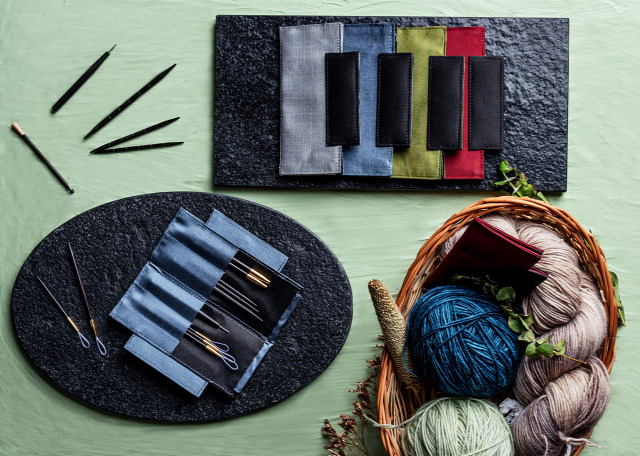

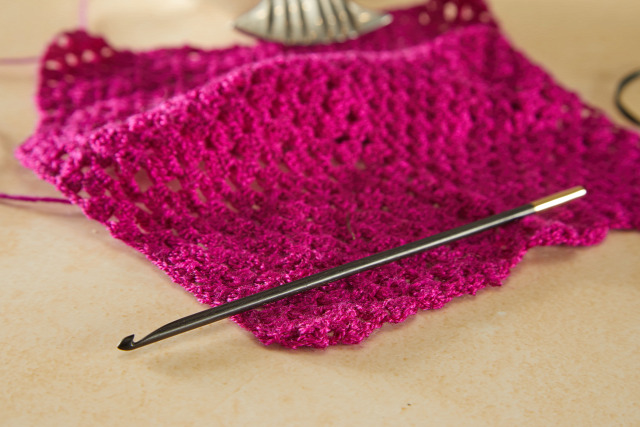
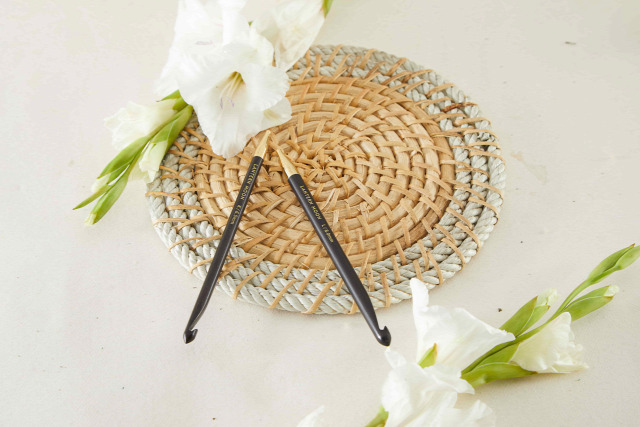
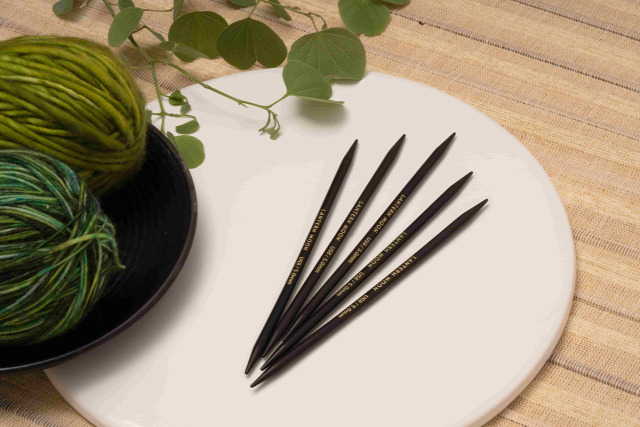
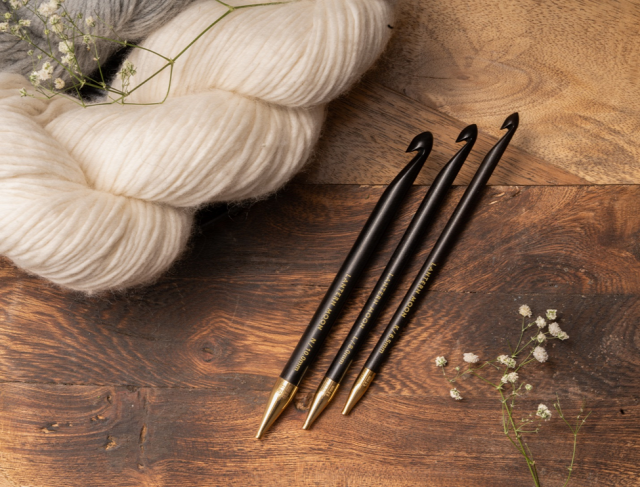
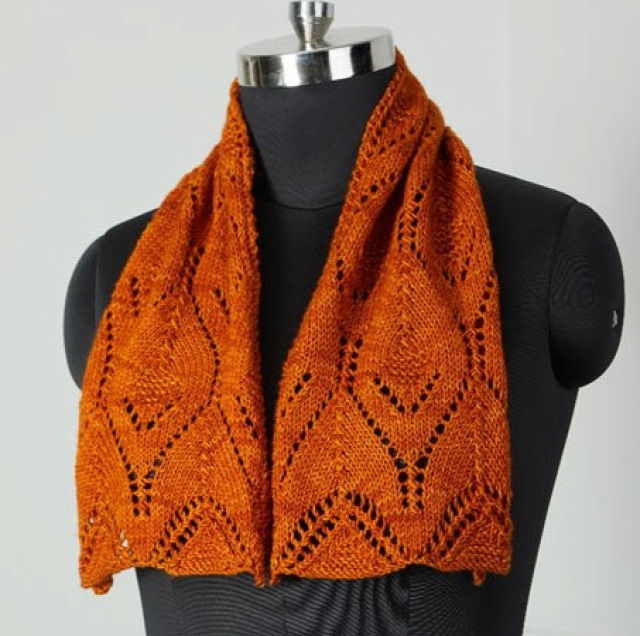 Are you looking for
Are you looking for 
